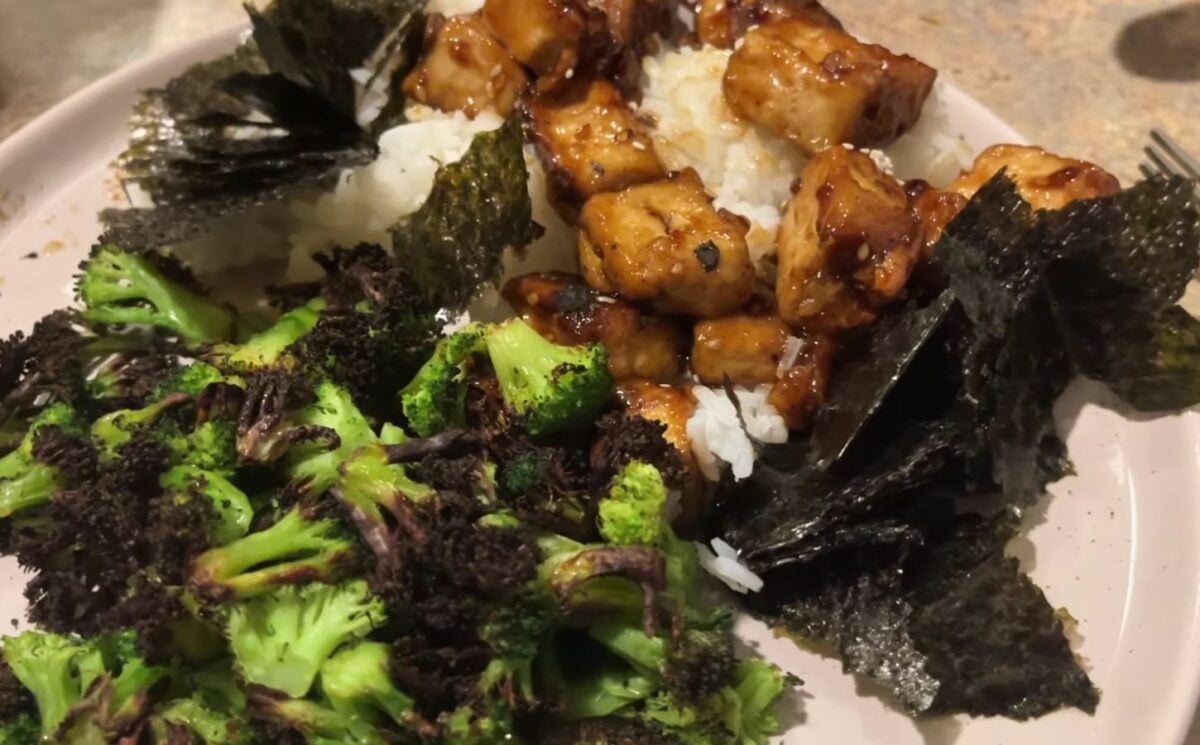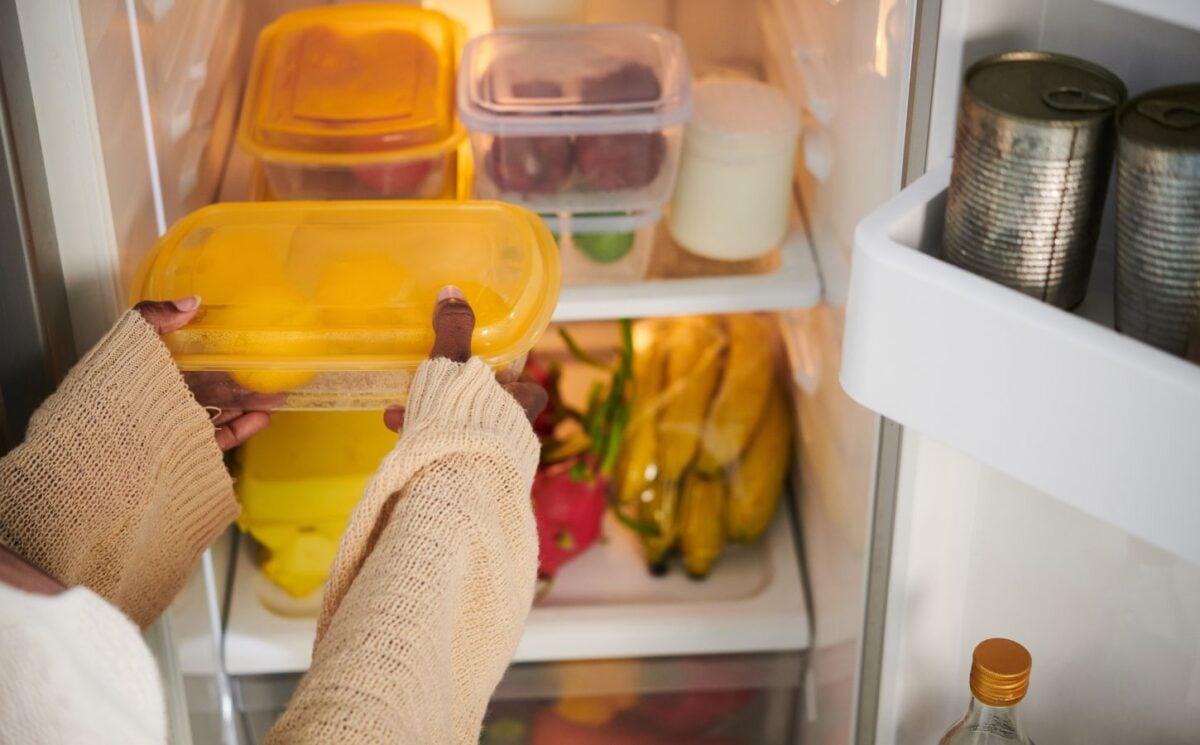Peter, known for running The Plant Based Teacher YouTube channel, recently shared a video on his guide to setting up a healthy plant-based kitchen to keep vegans on track with their goals and ensure they eat good, balanced meals.
As a nutrition coach who helps people reduce stress and confusion around healthy eating, Peter believes that the right setup can make all the difference. “If you have a well-stocked kitchen full of the right plant-based foods, it’s going to be so much easier for you to stay on track,” he says.
Read more: Where Do Vegans Get Their Protein? The Ultimate 2025 Response
In the video, Peter breaks everything down by food category. He shares his personal grocery staples, how he uses them, and why each one matters when building a sustainable, nutrient-rich kitchen. From proteins to spices, he explains what to keep on hand so you can make quick, easy meals without relying on processed options or falling back on old habits. The goal, he says, is to “thrive on a plant-based lifestyle without stress or confusion or restriction.”
Let’s go through the categories and learn how to create your own healthy plant-based kitchen from scratch.
Start with protein

Peter starts with what he calls the most important category on a plant-based diet: protein. “The easiest, cheapest and best value for your buck is going to be beans and lentils,” he says. These are not only rich in protein, but also packed with fiber, vitamins, and minerals.
He keeps cans of black beans, chickpeas, and other varieties in his pantry at all times. “Sometimes if you’re like me, you kind of just want to eat a can of beans,” he adds. Beyond legumes, Peter also recommends tofu, which he says is often misunderstood. “About 98 percent of the students I’ve worked with that have told me they don’t like tofu have never really had it done right.”
Tempeh and seitan are other high-protein options he keeps on hand.
Stock leafy greens
Next, Peter emphasizes leafy greens like spinach, kale, arugula, and bok choy. “These are the type of things that are really versatile,” he says. He steams them, adds them to soups, or blends them into smoothies. He explains that greens help increase the volume of meals and boost nutrition easily. In his fridge at the time of filming, he had spinach and arugula ready to go.
Keep fresh vegetables
Peter recommends keeping at least three to four types of vegetables on hand each week to avoid waste and maintain variety. His staples include broccoli, Brussels sprouts, asparagus, sweet potatoes, onions, and peppers. “Those six things are literally always in our house,” he says. He buys other vegetables only if a specific recipe calls for them.
Include whole grains
Whole grains are another core component. Peter suggests keeping at least three types in the house. His go-tos are oats, quinoa, brown rice, and whole wheat pasta. “It’s important to spread out your proteins from a variety of different sources,” he says. He also mentions bean-based pastas and quinoa pasta as newer options worth trying.
Add nuts and seeds
Nuts and seeds play a vital role in boosting calorie and nutrient density. Peter always has “a tub of nuts, peanut butter, and almond butter in the house, like hands down, it’s just got to happen.” He includes tahini and sunflower seed butter as additional options for flavor and variety.
Find the video here
Don’t forget plant-based dairy
For the dairy category, Peter stocks plant-based milks, yogurts, and cheeses. His preference is soy milk because “it has the highest protein content” and a creamier texture. He also recommends Siggi’s as his favorite plant-based yogurt brand.
Choose seasonal fruits
Peter encourages keeping two to three types of fruit each week, depending on what’s in season. For him, bananas, frozen berries, and apples are always in the kitchen. He adds in others like oranges, pears, and grapes when they’re tasting good and affordable.
Use spices and sauces to boost flavor
To finish the setup, Peter talks about making meals taste great with spices, sauces, and condiments. “It is amazing how much a sauce can transform a dish,” he says. He includes citrus here too – lemons and limes – and gives a shout-out to brands like Primal Kitchen, or DIY recipes from Simnett Nutrition.
Even simple hot sauce can do the trick. “A simple bowl of like grilled tofu, quinoa, spinach and sweet potatoes becomes a lot tastier” with a dash of Cholula or another favorite condiment.
Keep it simple and versatile
Peter closes the video by summarizing each category and encouraging viewers to keep things practical. “Pick those two things in each category that you want to go shop for this week and it will transform your kitchen,” he says.
By following Peter’s advice, you can create a healthy plant-based kitchen that supports your goals and makes nutritious eating easy, flexible, and even fun.
You can find more videos about vegan nutrition and health on The Plant Based Teacher YouTube Channel.
Read more: The Top Kitchen Essentials That Every Vegan Cook Needs






